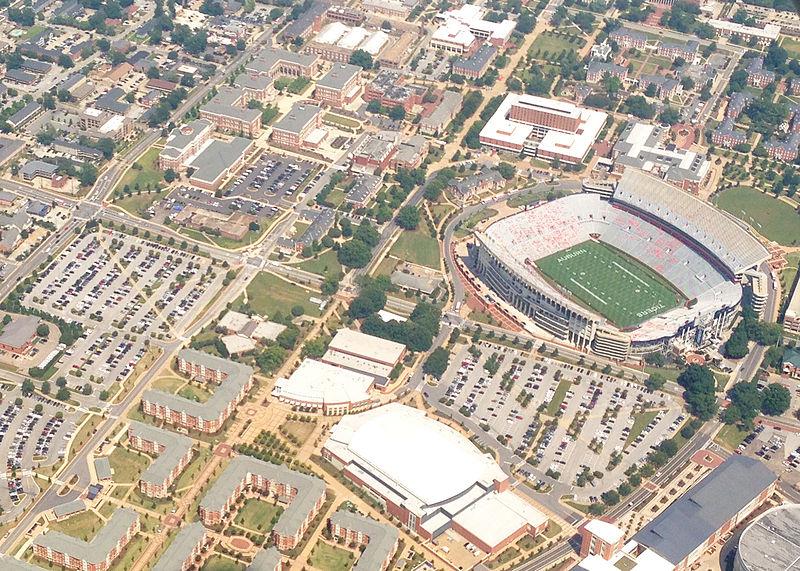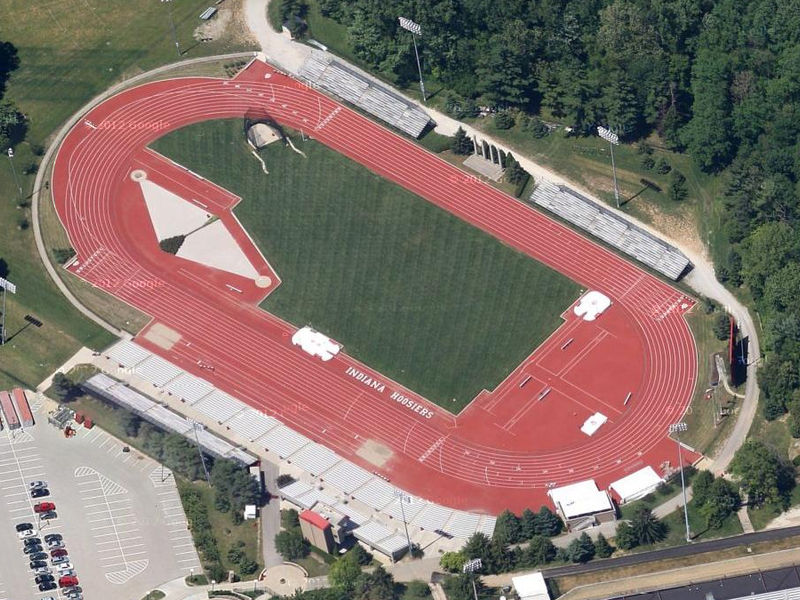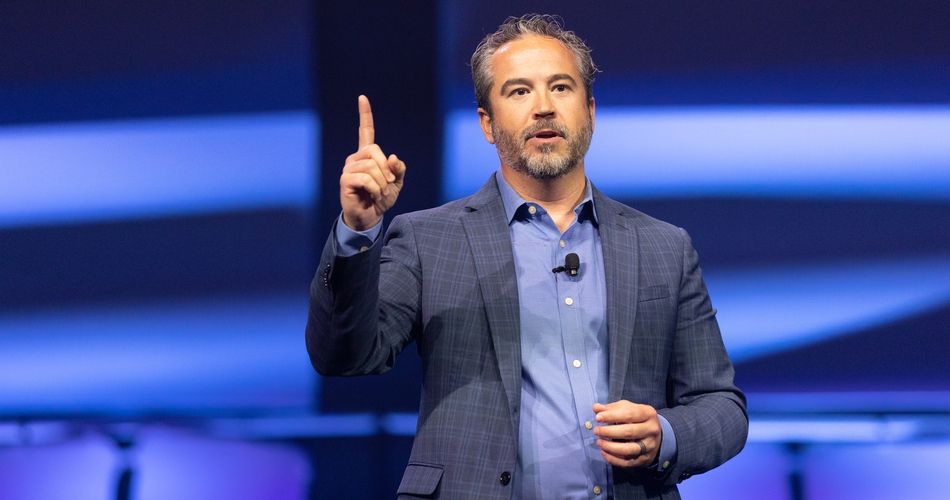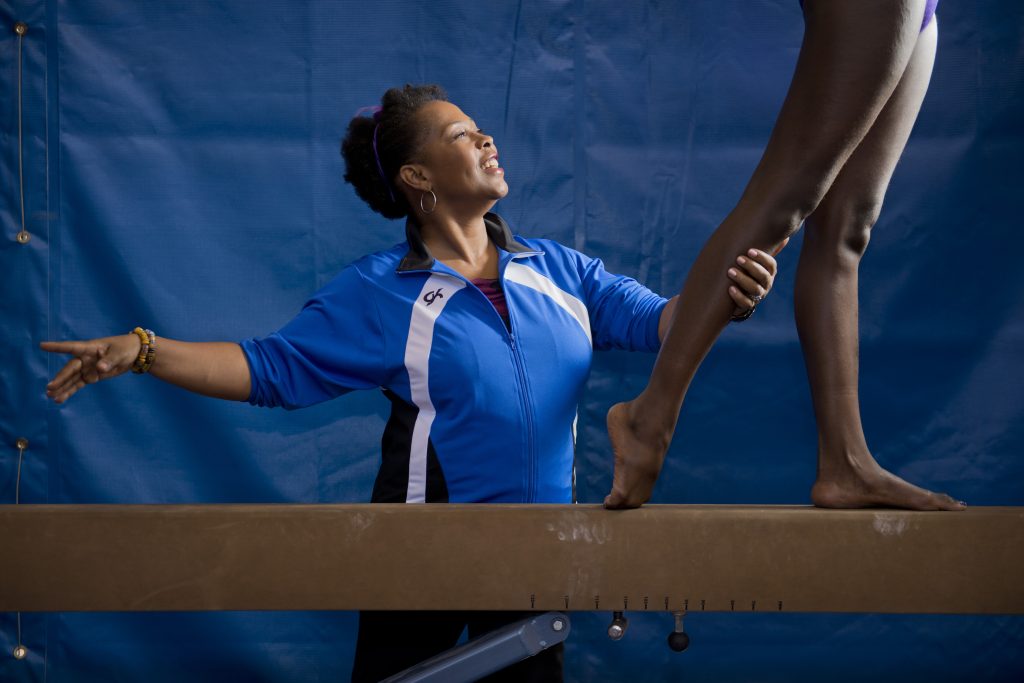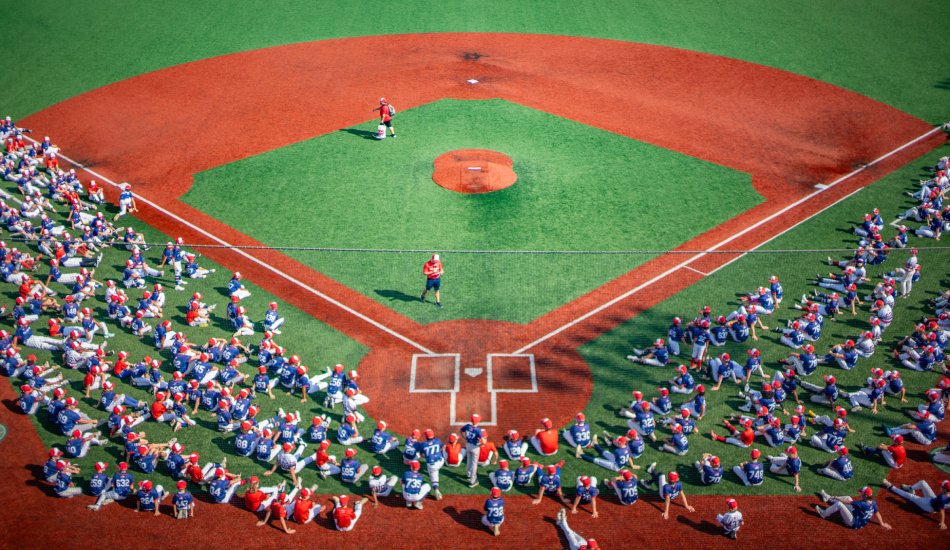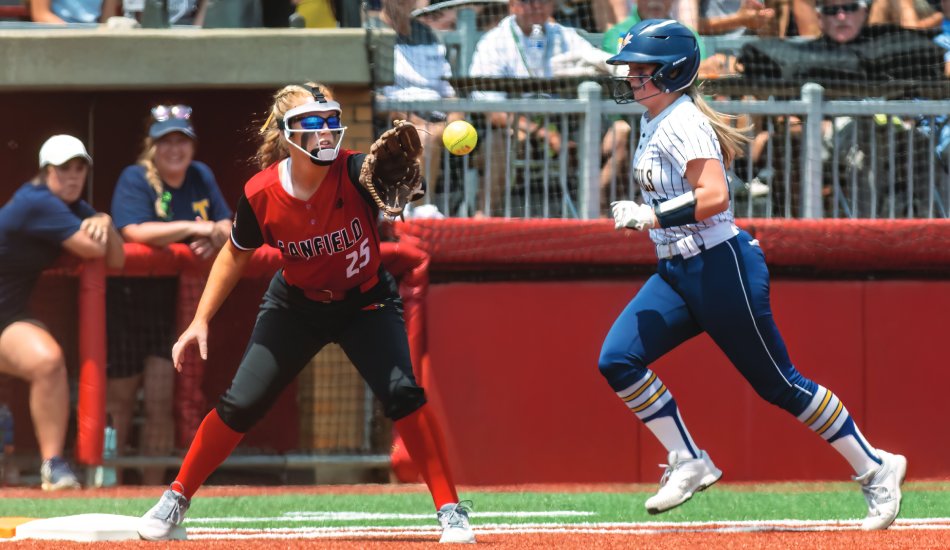Some of the most featured Summer Olympic competitions are track and field events. Thousands of screaming fans fill stadiums and countless people from every corner of the earth sit glued to their television screens. Deafening cheering and applause is momentarily silenced by the crack of the pistol, sending the athletes running down their designated lanes and around their fast approaching turns.
One can only imagine the amount of anxiety building up in the stadium as fans watch their racing ambassadors near the finish line. Crossing first means victory and remembrance, but crossing last brings disappointment and despair.
Athletes begin training at a very young age, and the United States is one of the most prevalent training grounds for collegiate track stars looking to someday join their alumni on the Olympic podium. Here are the top 10 finishing NCAA Division I collegiate track programs of 2012 and the stadiums that made their success possible:
Gilliam Indoor Track Stadium, Texas A&M, College Station
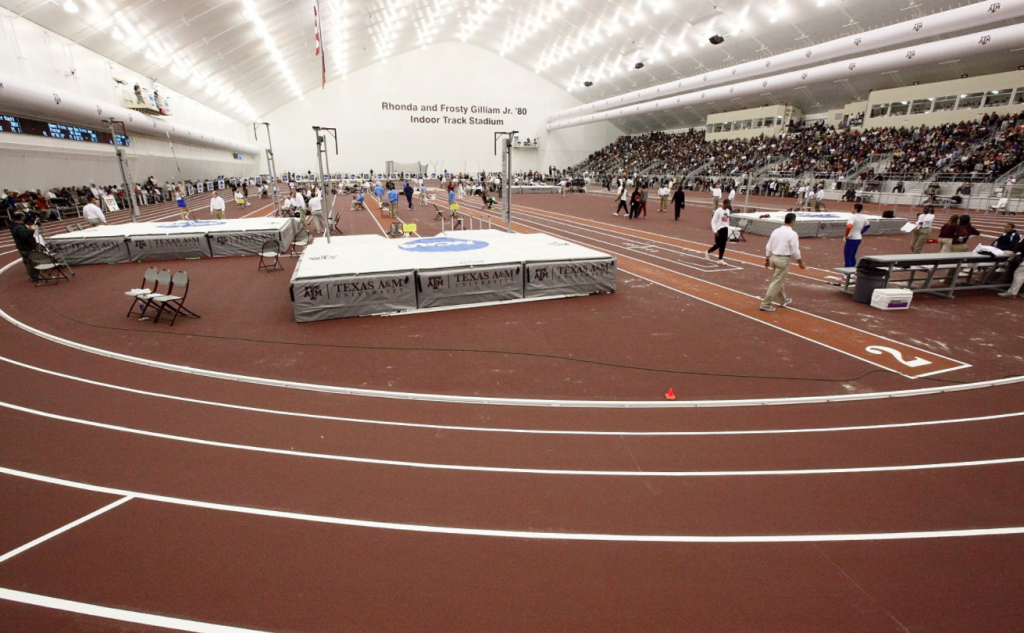
Capacity: 5,000. This indoor track and field facility is a six-lane, 200-meter track with a state-of-the-art hydraulic banking system at every turn. Meaning that whoever’s in charge has the ability to choose precisely how steep of a pitch the turns have, allowing athletes to train and perform at their fastest speeds.
This track is possibly the fastest in North America and even the world. Its speed and large capacity make it a hot spot for track meets and other national events.
Bernie Moore Stadium, Louisiana State University, Baton Rouge
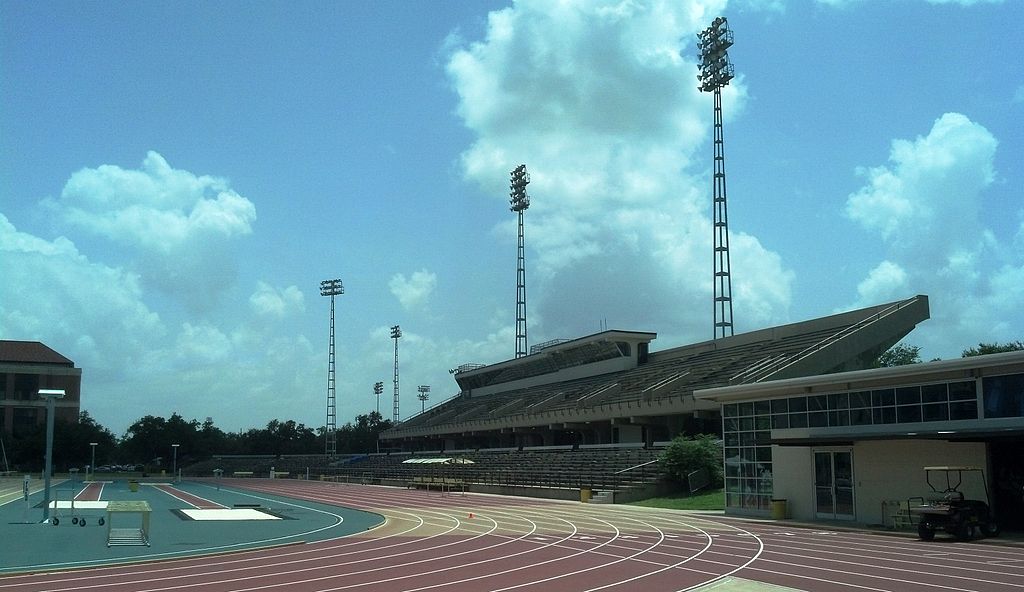
Spatms, CC BY-SA 3.0, via Wikimedia Commons
Capacity: 5,680. Named Track and Field Facility of the Year in 2012 by the American Sports Builders Association (ASBA), LSU’s stadium is nothing less than a modern marvel. With room for thousands of fans and the same Mondo FTX surface that was used in the 2008 Beijing Olympic Games, Bernie Moore sets the standard for track stadiums. Named after legendary LSU head track coach Bernie Moore, it is the ideal place for any track meet.
Roy P. Drachman Stadium, University of Arizona, Tucson
Capacity: Over 5,000. This track is the self-proclaimed fastest and most functional in the United States. With nine smooth lanes and a flawlessly accurate Hy-Tek electron timing system, it is a dream for athletes. Its technologically advanced design, comfortable feel and spectacular viewing arrangements allow spectators and athletes to experience any occasion to the fullest.
Mike A. Myers Stadium and Soccer Field, University of Texas, Austin
Capacity: 20,000. Unlike most track stadiums, the Mike A. Myers Stadium acts also as the University of Texas’ soccer stadium, which just about quadruples the average capacity of most track stadiums. With its European-style layout, nine oval lanes, unusually wide turn radiuses and every modern day amenity found in a top-notch track and field facility, this track is a must see. Its extremely large capacity makes possible any size meet.
McIntosh Track and Field Building, Florida State University, Panama City
Capacity: No set limit. This facility is one of a kind and sets a high standard for track stadiums around the world. It not only meets but goes beyond the highest standards in “green” technology. Constructed out of nearly 100% recycled materials, this facility has developed one of the finest track and field programs in the country.
It is one of the only track stadiums in North America that has earned its LEED (Low Energy Electron Diffraction) Silver Certification from the U.S. Green Building Council and would be an ideal, as well as environmentally friendly, place to hold any size competition.
James G. Pressly Stadium at Percy Beard Track, University of Florida, Gainesville
Capacity: 4,000. Originally built in 1959, this track is part of history and is still one of the finest track and field facilities in the nation. The track was named after Olympian, USA Track and Field Hall of Famer and long-time head track coach Percy Beard.
It’s a 400-meter track designed after the Los Angeles Coliseum, a venue in the 1984 Summer Olympics. It has also been host to the Junior Olympics twice.
Robert C. Haugh Track and Field Complex, Indiana University, Bloomington
Capacity: 3,200 permanent and 3,000 temporary seats. This 400-meter track with nine lanes and Polytan surfaces sports a 110 foot turning radius for blazing speeds and record-setting times. It’s one of the best viewing stadiums for fans to watch the action, no matter how hectic the meet may get, and it is only the ninth track in the U.S. to be IAAF-(International Association of Athletics Federations) certified and only the sixth college track to earn this designation.
Bob Kennedy, three-time Olympic record holder, once said that IU’s track was one of the best he’s encountered anywhere in the world.
Johnson-Miller Track Complex, Virginia Tech, Blacksburg
Capacity: Little stadium seating but acres of lawn space. One of the six collegiate tracks to be IAAF-certified, this track and field complex is built for only those who want to compete at the highest level. It’s an eight-lane track with 10 additional sprinting lanes on a Beynon tuned BSS 1000 surface, one of the fastest and most durable surfaces around. According to the university, it’s one of only 20 of its kind and would play perfect host for any competition.
Katherine B. Loker Stadium, University of Southern California, Los Angeles
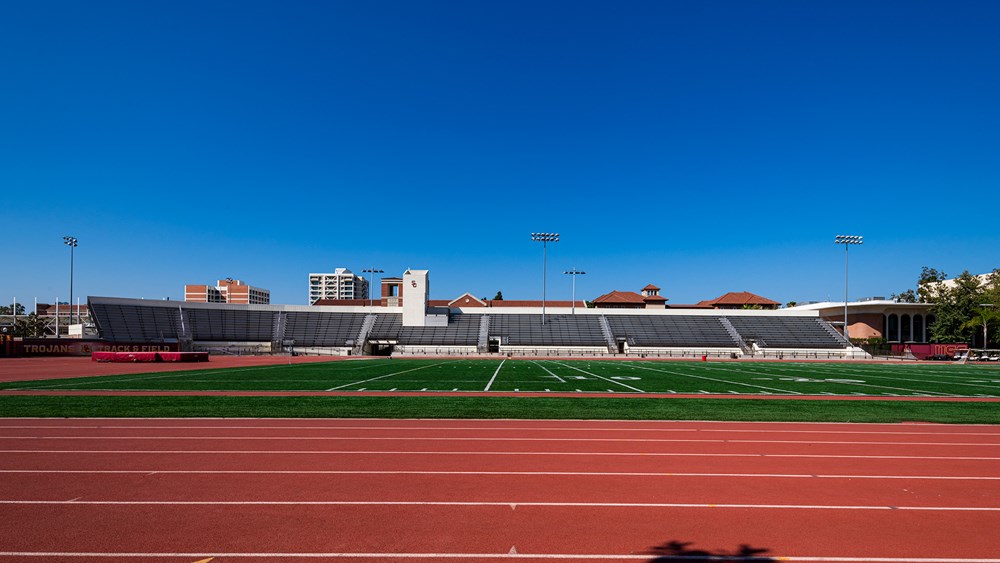
Capacity: 3,000. The entrance to this beautiful stadium is called “Louis Zamperini Plaza,” in tribute to Zamperini and all the other Olympic alumni to run this track. It played as the warm-up and training track for the athletes during the 1984 Summer Olympics in Los Angeles. What athlete wouldn’t want to compete on the same track that some of their Olympic heroes trained on?
Hutsell-Rosen Track, University of Auburn, Alabama
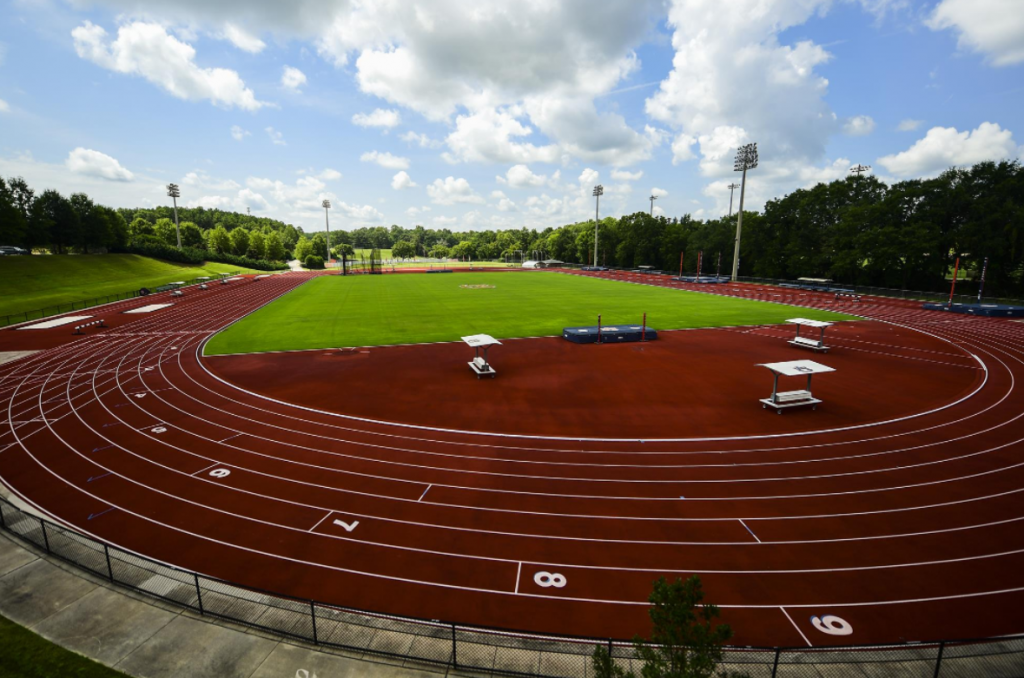
Capacity: Little stadium seating but acres of lawn space. The newest track on this list is also the most improved. Before it was constructed, the track team at Auburn ran on a five-mile dirt oval in the ground. Today this modern day beauty sports all the features of any top-notch track and field facility in the country and has played host to countless high-profile collegiate competitions.

